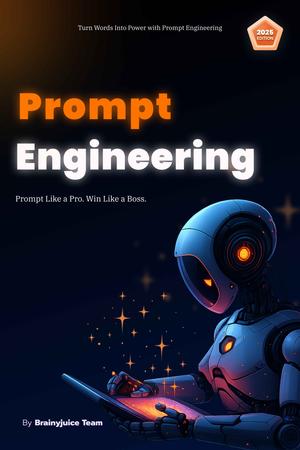
Choosing the right project management method is critical to your project’s success. The three most widely used approaches - Waterfall, Agile, and Hybrid, each have strengths, weaknesses, and ideal use cases.
This guide breaks down each method so you can decide what works best for your team, your project, and your goals.
1. Waterfall Method: Linear and Structured
Waterfall is the traditional project management approach. Work is completed in sequential phases - like a waterfall flowing downward.
Phases:
- Requirements
- Design
- Development
- Testing
- Deployment
- Maintenance
Each phase must be completed before moving to the next.
Pros:
- Clear structure and documentation
- Easy to manage and plan in advance
- Works well for fixed-scope projects
- Predictable timeline and budget
Cons:
- Inflexible to changes once started
- Late discovery of problems or customer needs
- Delayed testing and feedback
- Doesn’t handle uncertainty well
Best For:
- Projects with fixed requirements
- Construction, manufacturing, or government projects
- Teams that need clear documentation and approval steps
2. Agile Method: Flexible and Iterative
Agile is a flexible, fast-moving approach where work is done in short cycles called sprints. Teams deliver small, usable pieces of the product continuously, getting regular feedback and adapting as they go.
Core Principles:
- Responding to change over following a plan
- Working software over comprehensive documentation
- Customer collaboration over contract negotiation
- Individuals and interactions over tools and processes
Popular Agile Frameworks:
- Scrum
- Kanban
- Extreme Programming (XP)
Pros:
- Fast feedback and adaptation
- Early delivery of usable product features
- Better risk management
- High customer involvement
- Motivated, self-organized teams
Cons:
- Harder to predict timelines and budgets
- Requires experienced teams and strong collaboration
- Less emphasis on documentation
- Can go off-track without strong leadership
Best For:
- Software development
- Startups or fast-moving industries
- Projects with changing requirements
- Teams that value flexibility and collaboration
3. Hybrid Method: Best of Both Worlds
Hybrid combines the structure of Waterfall with the flexibility of Agile. Typically, project planning and high-level phases follow Waterfall, while development and execution use Agile practices.
How It Works:
- Use Waterfall to define scope, budget, and milestones
- Use Agile (e.g. sprints) for development and testing
- Regular feedback and incremental delivery are built into the plan
Pros:
- Balance between control and flexibility
- More adaptable than pure Waterfall
- More predictable than pure Agile
- Better suited for large organizations with strict governance
Cons:
- Can be complex to manage
- Requires skilled project managers to balance both styles
- Misalignment between teams using different mindsets
- May create confusion if not clearly defined
Best For:
- Large-scale enterprise projects
- Regulated industries needing documentation and adaptability
- Organizations transitioning from Waterfall to Agile
- Mixed teams (developers using Agile, management using Waterfall)
Comparison Table
| Feature | Waterfall | Agile | Hybrid |
|---|---|---|---|
| Structure | Sequential | Iterative | Mixed |
| Flexibility | Low | High | Medium |
| Customer Involvement | Minimal (at start) | High (ongoing) | Medium (periodic) |
| Risk Management | Late | Continuous | Balanced |
| Predictability | High | Low | Medium-High |
| Speed to Value | Low | High | Medium-High |
| Best For | Stable projects | Changing needs | Complex environments |
So, Which One is Best?
It depends entirely on your project type, goals, and team setup.
-
Choose Waterfall if:
You have clear, fixed requirements and need tight control over budget, timeline, and scope.
-
Choose Agile if:
You expect frequent changes, need speed and flexibility, and have an experienced, collaborative team.
-
Choose Hybrid if:
You want flexibility with some structure, or are working in a regulated industry where documentation and governance matter.






